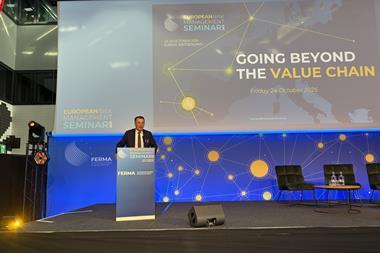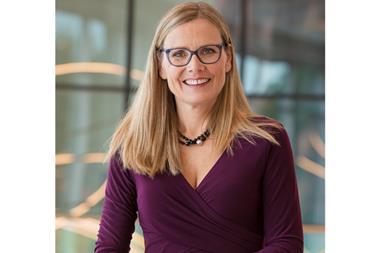Following the launch of the Resilience Alliance, four of the founder members spoke at Airmic Fest about the quest for resilience and why breaking down silos must be a top priority
Wednesday 23 September 2020
11:30: Session: Why resilience needs to be a collaborative effort
Airmic, ASIS International, The BCI, and the Institute of Workplace and Facilities Management have come together to form a Resilience Alliance with the aim of developing and promoting resilience globally.
The four groups joined together on an Airmic Fest panel to share their expertise on what changes need to take place before organisations could be truly resilient.
The most important step, according to the panellists, is that silos need to be broken down and no individual job role could be responsible for organisational resilience. When asked whether resilience needed its own separate profession – the answer from all the panellists was a resounding no.
Tim McCreight, acting director and chief security officer for the City of Calgary and board member at ASIS explained: “We don’t believe that there is - nor that there should be - a segmentation into one separate profession… The skillset required to be resilient needs to be across all of the professions [represented by our memberships].”
Christopher Horne, vice-chair of the BCI added: “There’s no single discipline that can claim to cover everything when it comes to resilience planning and enabling that capability is delivered by specialists working together towards the common purpose.
“Business continuity professionals play a key role in coordinating the activities in these various disciplines but it’s not something that we own holistically.”
As such businesses that want to achieve better resilience need to look at ways of breaking down silos between risk managers, operations teams, HR, CIOs and business continuity roles and so on, in order to generate information sharing and build resilience into the DNA of a firm. To achieve this, support needs to come from the very top of an organisation.
To get this board support, risk managers (and other key professionals) must develop new skillsets including communication, leadership and behavioural understanding.
Julia Graham, Deputy CEO and Technical Director of Airmic, said: “What we’re doing is finessing our profession building on its technical capabilities and making it a fit profession for the future.”
“We need to gain more knowledge and skills in the area of acting and behaving and performing at a strategic level – so there are new competencies required such as leadership skills - it’s not enough to be a technician.
“We are also learning to act with agility and not relying too much on prescribed processes and plans… So what is the information, where do we go and find it, and how do we convert it into a form that’s useful and manageable? Many of the boards we deal with probably won’t read anything fits on more than one page but it’s got to be great information from a quality source.”
While the panel agreed that its impossible to achieve perfection, there was agreement that many firms still have quite some way to go.
Dave Cooke, independent resilience consultant and fellow of the IWFM, summed it up: “Organisational resilience has been around for well over 10 years now, so it’s not a new concept. It’s one that’s much talked about, often misunderstood, and I think it’s one which a lot of organisations haven’t fully embraced. Many organisations who have taken a step forward to build resilience are in the early stages and maturity levels are really quite low.
“Previous attempts to focus on resilience have been very much about incidents, events and plans and procedures whereas I see organisational resilience about a change in the DNA of the organisation of the culture
“We need to think about what the next issue or the next challenge is going to be so it’s really important that we are horizon scanning and understanding the environment in which we are working and understanding the dependencies. I think there’s a long way lots of organisations can go to make themselves considerably more resilient than they are today.”
In partnership with






















No comments yet